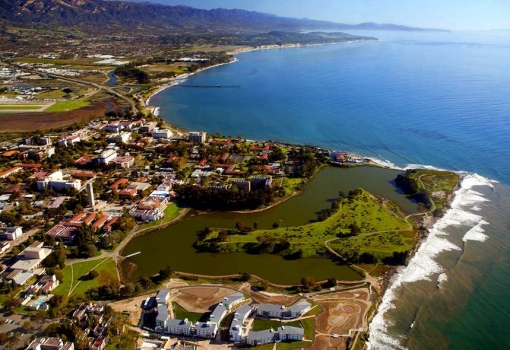Recent prestigious awards for College of Engineering faculty.

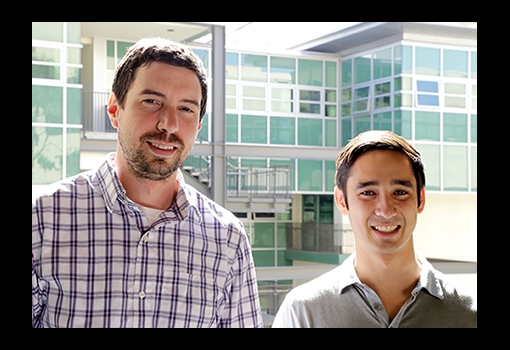
HRL scientists and PhD students in Professor Tresa Pollock's lab (from left), John H. Martin and Brennan Yahata
PhD students in Tresa Pollock's lab co-lead an industry team that solves an ages-old metallurgy problem.
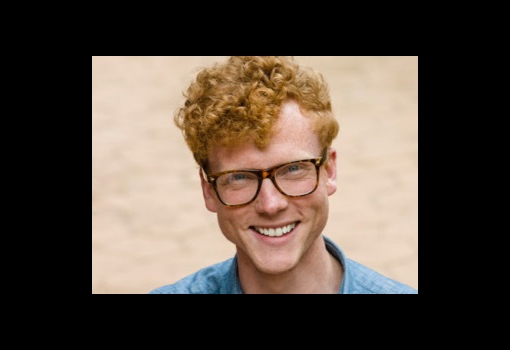
Following his passion for teaching led Levi MIller from a PhD track at UCSB to a high school classroom in Goleta.
Fellowship for a talented materials PhD student who shifted focus and now teaches high school science.

UCSB engineers intend to improve speed and energy efficiency of cloud servers. A Facebook data center is expected to be the testing ground.
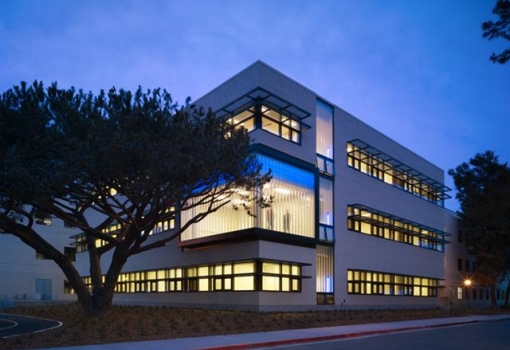
Engineering II, home to SSLEEC
Ever since the hub of ingenuity we know today as the Solid State Lighting and Energy Electronics Center (SSLEEC) opened in 2001 (as the Solid State Lighting Display Center), a group of highly collaborative scientists has been pushing the limits of materials science to develop pivotal semiconductor technologies. Many are patented and now provide indispensable functionality in a wide array of consumer products.
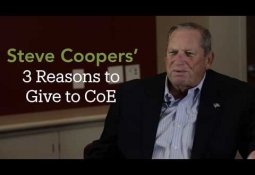
Since graduating from the UCSB College of Engineering with a degree in electrical engineering, Steve Cooper has thrived in the corporate world. He is now a key CoE supporter, dedicated to elevating the students, the research, and the culture of his alma mater.
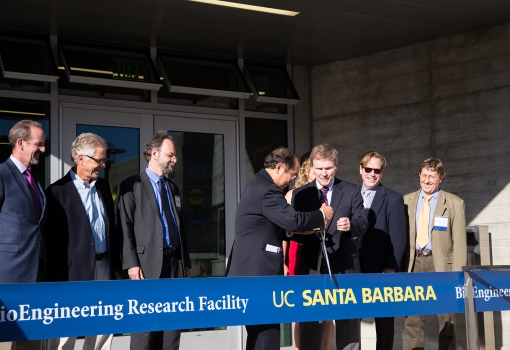
Chancellor Henry T. Yang, College of Engineering dean, Rod Alferness, and UCSB faculty members prepare to cut the ribbon at the official opening ceremony for the new BioEngineering building.
The grand opening of a dazzling new structure designed to take collaborative science into the future.
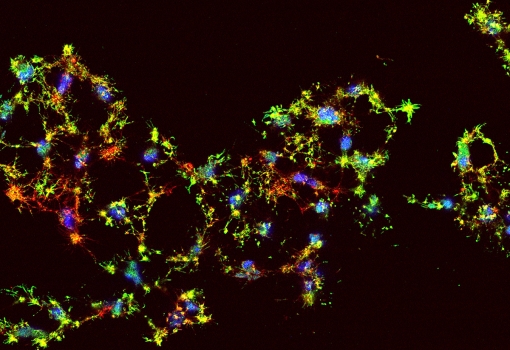
Dying human cancer cells are labeled with flourescent dyes to show DNA (blue), actin (red), and active caspase 3 (green).
UCSB biologists collaborate to explore how damaged cells on the verge of death recover.
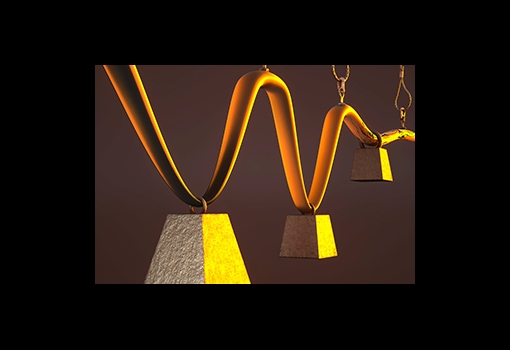
An artist’s interpretation depicts (from background to front) a polymer that is strong but brittle, another that is flexible but weak, and a third in which iron-coordinated cross links found in mussels result in a material that is both stronger and more flexible. Illustration by Peter Allen
A marine bivalve inspires a new way to make stretchy polymers that are much stronger but just as extensible.
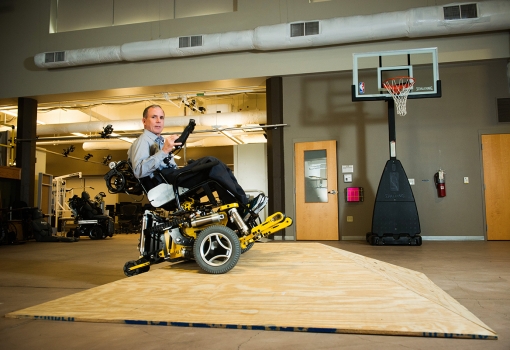
Rory Cooper puts the self-leveling MEBot wheelchair through its paces. Photograph by Joe Appel
Alumnus Rory Cooper heads the world's leading center for wheelchair and adaptive technology.
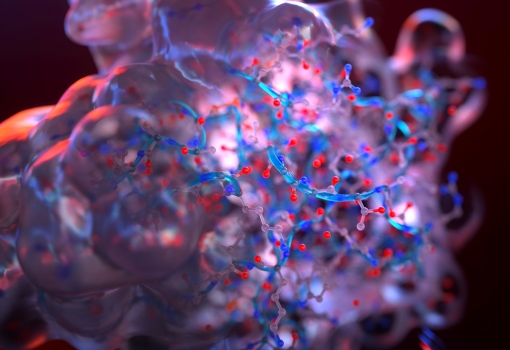
Professor M. Scott Shell's algorithms make it possible to simulate highly complex systems.

A collaborative group seeks to use long-wavelength light in an optical approach to understanding brain activity.
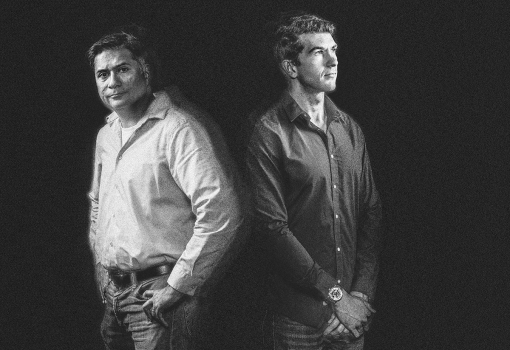
Prof. Pradeep Sen and PhD student Steve Bako have worked to reduce the kind of noise that diminishes this image.
In 2008, Professor Pradeep Sen began a journey that would forever change digital filmmaking.

Artist's representation of a supernova
Long-lived supernova challenges known theories about the death of stars.


